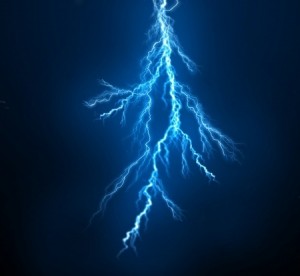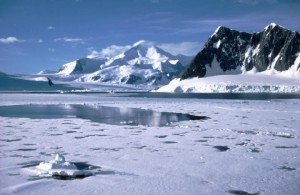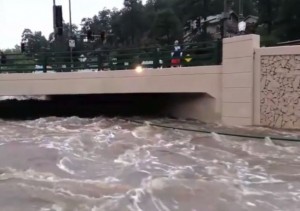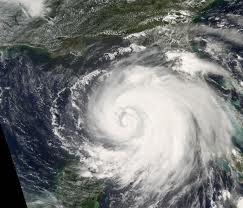
An early winter storm is heading into the central US bringing a mix of snow and severe weather.
The first winter storm, Atlas, is driving down into the northwestern part of the US Thursday and Friday. Temps are expected to drop all the way south into Texas, dropping as much as 30 degrees, and severe storms are expected throughout the Midwest.
Global Warming Actually Means Global Cooling
Snow and colder temperatures in October? Isn’t this a bit early?
Yes, but we have all noticed that the weather has been unpredictable and very odd over the past three winters. This might seem confusing with the “global warming” debate going on, but global warming actually means global cooling at the end of the day.
There is no doubt that our planet is heating up, but the atmosphere is also filling up with lots of “stuff” – carbon from wildfires and volcanic ash, carbon dioxide from human pollution, metals such as aluminum, barium and strontium from weather modification, and changes in sunlight.
As the atmosphere fills with gases and particulate matter/junk, it retains more heat at the Earth’s surface, which heats us all up. At the same time, the heat coming in from the Sun is reflected back into space, and this creates a chain of events that brings odd weather because it knocks the Earth’s natural thermostat out of whack.
This creates the following chain of events:
- global warming creates more evaporation from the oceans; hence, more rain and storms;
- planetary heating melts the polar ice sheets and continental glaciers; hence, more rain and floods;
- as the planet continues to warm, more storms and rain occur in the Spring, Fall, and Summer seasons, and more snow and ice in the Winter, Spring and Fall;
- chronic global warming creates chronic storms occurring earlier and lasting longer, year by year.
Like today, October 3, 2013.
Mini-Ice Age

Arctic ice is melting at the same time it is beginning to refreeze due to a Mini-Ice Age..
Humans have never witnessed the climate changes and the sheer number of natural disasters that we are experiencing today. Measurements taken from ice cores and sea-floor sediments show definite trends in the Earth’s climate; that trend is to expect a mini Ice Age within the next 10 years.
Understanding that climate change is a natural cycle that humans cannot control helps explain the mysterious coming and going of the odd weather patterns today.
Climate changes have a very precise pattern, and the timing of these cycles is determined by changes in sunlight, in the Earth’s rotation and orbit around the Sun, and in the amount of particulate matter present in our atmosphere – “stuff” put there by both man and Nature.
All these influences are changing our weather patterns. it’s time to get your winter sweaters out, but don’t put your shorts and sandals away, yet.


